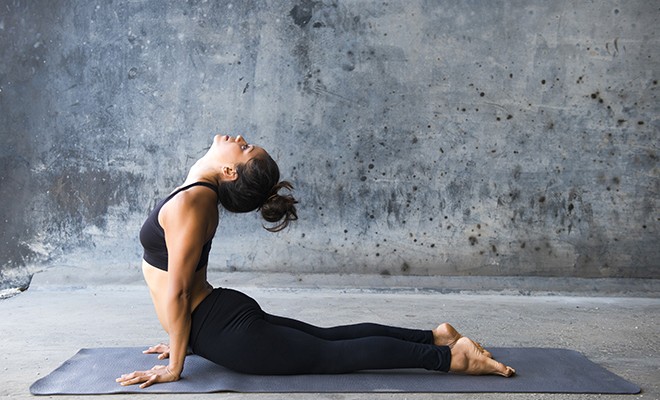Hello!
Your imagination can help you reach your fitness goals. Mental performance experts and science agree that it can.
 A study published in the Journal of Imagery Research in Sport and Physical Activity showed that seven confessed non-runners were able to complete an ultramarathon using a motivational intervention called functional imagery training (FIT).
A study published in the Journal of Imagery Research in Sport and Physical Activity showed that seven confessed non-runners were able to complete an ultramarathon using a motivational intervention called functional imagery training (FIT).
We review the latest research and ask a mental-performance consultant for his thoughts on how imagery and visualization can be applied to our workouts.
Imagining Success
“An ultramarathon requires a lot of metals, as well, as physical strength— even from people that run regularly,” said Jon Rhodes.
He is the lead researcher of the study and a professor at the University of Plymouth. This helps athletes retain motivation during key points of races or workouts.
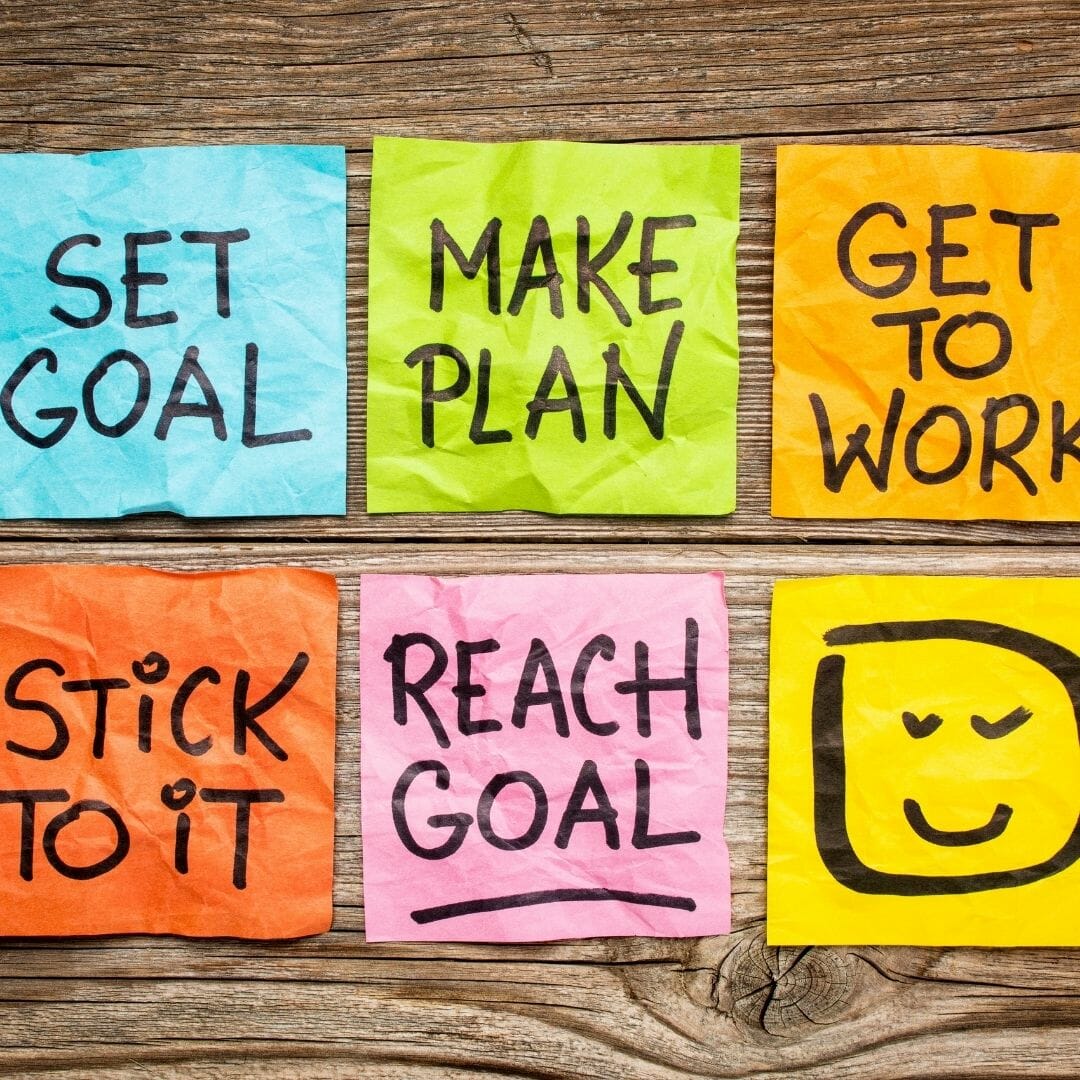 An athlete might imagine talking to her partner about the hard work she did climbing that hill. The more detailed your imagery, the better.
An athlete might imagine talking to her partner about the hard work she did climbing that hill. The more detailed your imagery, the better.
Picture yourself sitting on your deck sipping a cup of tea as you tell your spouse all about your amazing hike today or how proud and happy you were to have completed your fifth long-distance walk of the week.
It’s good! That image is right when your walk or hike gets boring. These images can help you get through those tough moments.
Krista Chandler, a mental-performance consultant in Ontario, says that imagery is a term she likes because it implies using many senses.
When people refer to visualization, they mean that they only use one sense: sight. When we visualize, we don’t just picture it, but we also feel it.
For example, imagine a workout using a few senses. You can hear your body breathing, feel the saltiness of sweat, and feel the wind on your skin.
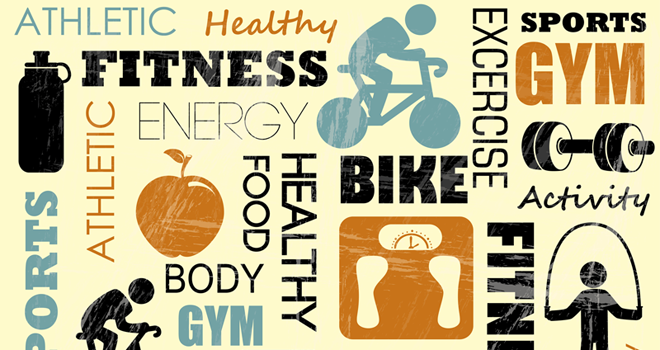 We can also see ourselves standing up after a workout. The more that we can combine the different senses into one image, then the more effective it will be.
We can also see ourselves standing up after a workout. The more that we can combine the different senses into one image, then the more effective it will be.
How to Use Imagery for yourself
Chandler suggests that you visualize yourself winning a marathon. Although it sounds scary, this is simply a way to imagine yourself as being more focused, confident, or mentally tougher during difficult moments. She says that this is how she gets out of bed on mornings when it’s not easy to run or walk.
Chandler says that imagery is a wonderful thing because it’s something we all can do and something that can be improved with practice.
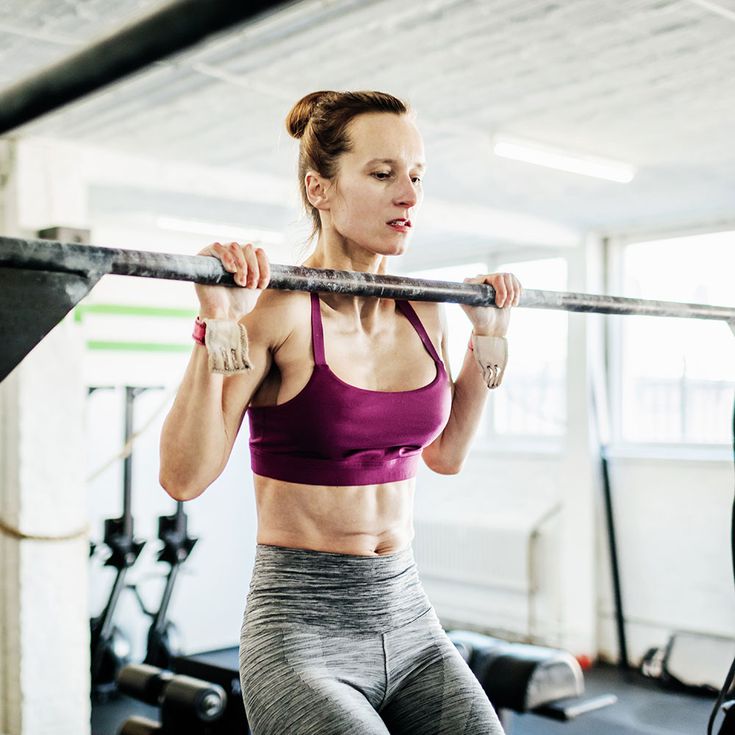 Because children still have active imaginations, they are great at imagery. Adults don’t have that ability as often so it is important to train it. She suggests starting with something simple to activate all the senses. Imagine that you are eating a watermelon.
Because children still have active imaginations, they are great at imagery. Adults don’t have that ability as often so it is important to train it. She suggests starting with something simple to activate all the senses. Imagine that you are eating a watermelon.
Close your eyes and feel the watermelon in your hands. How heavy is it? You can feel the juice drop from your hand.
Pay attention to the color and brightness of the watermelon. Also, notice the green rind. Think about how sweet that first bite is, and how the watermelon juice drips down your chin.
Once you have mastered the watermelon or any other simple imagery that you wish to use, you can move on to another sports focus.
Once you’ve mastered the watermelon or any other simple imagery you want to use, it’s possible to shift to a sports focus.
For example, using imagery to help with a ‘getting ready for the door’ scenario to get started your workout. Chandler says this helps you to develop functional equivalence.
She says, “Basically, we are creating a blueprint for our minds that can be followed when it comes time to get up and do our workout.”
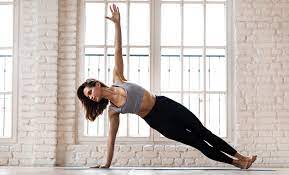 The same neurons that fire, when your body does something, is also firing when you visualize it, but to a lesser extent. You are training your brain to be ready for action when you take it.
The same neurons that fire, when your body does something, is also firing when you visualize it, but to a lesser extent. You are training your brain to be ready for action when you take it.
Many people use imagery to hinder their goals and discourage them from achieving them. Chandler says that it is easy to focus on the negatives and imagine how we failed.
This can lead to low confidence. Don’t let yourself get discouraged if your workout doesn’t go as planned or if you don’t walk every day. Instead, visualize how you can do it differently next time. To get back on track
Also read:
- Want to Achieve Success with HVAC Field Service Software?
- What is the Parabolic Stop and Reverse Indicator?
- Quasacoins (QUA) sent to participants in the QUASA airdrop on 08/04/2021
The Bottom Line
 It is possible to practice imagery for just a few minutes each week and reap the benefits.
It is possible to practice imagery for just a few minutes each week and reap the benefits.
For example, you can spend time at the grocery store waiting to see if you can visualize yourself completing your next workout or completing a walk streak.
To visualize yourself jumping out of bed excited about running, spending time doing dishes, and folding laundry. Your brain will amaze you at the things it can convince your body!
Thank you!
Join us on social networks!
See you!

